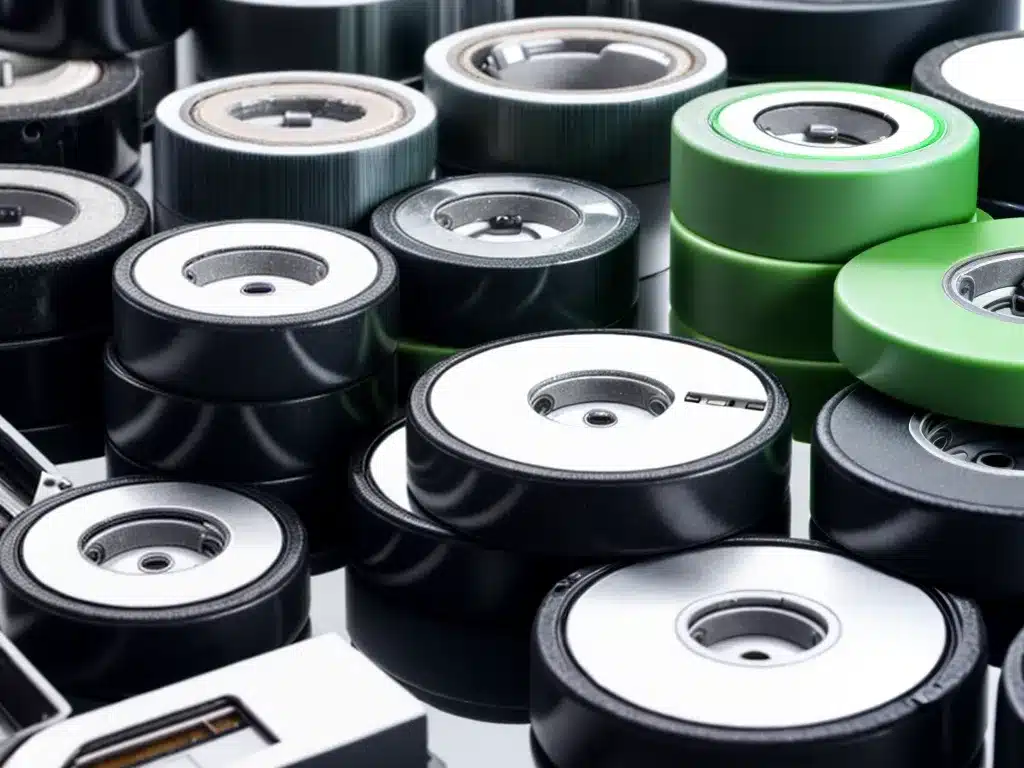
As an IT professional, I know the struggle of trying to keep data protected and recoverable while controlling costs. For years, tape drives were the mainstream backup solution. But continuing to rely solely on tape comes with significant downsides in today’s data environment. Here’s why it’s time to move from tapes to disk-based backups.
Tapes Are Slow For Backups and Restores
The backup window keeps shrinking as data volumes grow larger every year. Tape drives are sequential-access devices, which means they must spool from start to finish during backups. This makes the process painfully slow compared to disk.
- Full backup times with LTO tape can take over 12 hours for 1 PB of data. Disk-based backups can complete in a few hours for that amount of data.
- Restores are also slower from tape. You must locate, mount, spool to the right position, then read the data. This can take hours or days to restore a single file. Disks allow near-instantaneous restores.
As backup windows continue to shrink, tapes make it increasingly difficult to complete backups within the available timeframe. Disk-to-disk backup removes this barrier with much faster processes.
Tapes Have Limited Scalability
LTO tape technology advances at a glacial pace. The latest LTO-9 tapes store 18 TB uncompressed, but most users get around 30 TB with compression. To protect 50 TB of compressed data, you’d need a library with at least 2 tape drives and over 100 tapes! This requires massive infrastructure just to protect moderate data volumes.
Meanwhile, disk scales almost infinitely. High density 4U disk appliances can store petabytes of data in a small form factor. Additional storage can be instantly added as needed. Disk libraries are cheaper, faster, and take up less environmental resources than huge tape libraries.
Tapes Are Unreliable Long-Term Storage
Regulatory mandates like SEC 17a-4 require financial services firms to retain data for 6-7 years. Tape seems like an ideal medium for achieving such long-term retention. But in reality, tape storage faces multiple reliability challenges:
- Media degradation – Tape binders can deteriorate over time, leading to unrecoverable data. Tape has a limited shelf life.
- Hardware failures – Tape drives have many mechanical moving parts. Drives fail unpredictably after 3-5 years. Replacing drives or changing formats can make tapes unreadable.
- Media fragility – Tapes are easily damaged by dirt, heat, magnetic fields, mishandling, and more. A damaged section renders all data unrecoverable.
Disk storage with replication or erasure coding provides much more robust protection for long-term retention needs. Data integrity stays strong for the entire retention period.
Tape Offers Minimal Data Protection
Tapes only reside in one place, the tape library, with no copies or redundancy. If tapes are lost, stolen, or damaged, the data is gone forever. This leaves data completely exposed to site disasters like fires, floods, storms, and more.
Disk backup systems allow building in redundancy through replication, erasure coding, and off-site copies. Copies in other locations protect against site disasters. Replication satisfies recovery time objectives by allowing restoration from local copies. Overall, disk offers far more robust protection compared to tape.
Migrating From Tape Provides Huge Opportunities
Switching to disk opens up many opportunities for efficiency gains and risk reduction:
- Reduce costs by needing fewer media, smaller infrastructure, and less overhead for moves.
- Speed RTOs by enabling instant virtual machine and database restores from deduplicated backups.
- Protect from disasters by replicating to remote sites and cloud object storage.
- Retire legacy hardware and upgrade to homogeneous, scalable backup infrastructure.
- Improve security by encrypting data on disk-based backup. Tape offers no native encryption.
- Enable new features like copy data management, analytics on backups, and SaaS data protection.
Moving backup to disk is an enormous project. But the long-term payoff is well worth the investment for most organizations.
Recommendations for Moving Off Tape
Here are my top recommendations for IT teams looking to make the pivot to disk-based backup:
- Get buy-in across the organization – Engage stakeholders early to build consensus.
- Assess existing datasets – Catalog all data to understand growth, retention needs, and RTOs. Right size the disk repository.
- Validate backup software – Ensure the software can land backups directly to disk storage. Test restores.
- Model costs over time – Project out tape expenses vs. disk over a 10 year period.
- Phase deployments – Start with newer apps, then shift legacy ones after the solution is proven.
- Maintain tapes temporarily – Keep tapes for the first year as a safety net during the transition.
Moving to disk-based backup takes work, but offers massive technology improvements. Tape served us well in the past, but it’s time to upgrade to what leading data centers rely on today – fast, scalable, reliable disk repositories. With careful planning, tape users can execute a successful migration and gain significant rewards.












